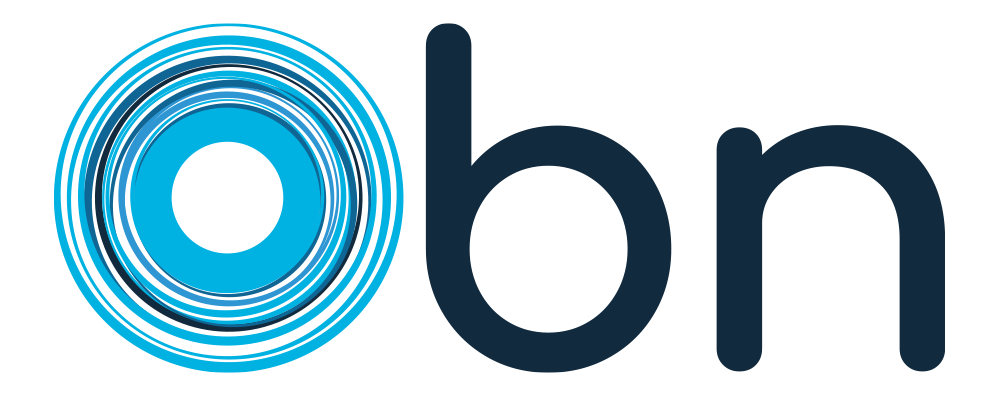
As I meet with leaders across industries, it’s clear there is no single standard or blueprint for hybrid work. Every organization’s approach will need to be different to meet the unique needs of their people. According to our research, the vast majority of employees say they want more flexible remote work options, but at the same time also say they want more in-person collaboration, post-pandemic. This is the hybrid work paradox.
We see the same anomalies when it comes to in-person attendance at our own worksites across the world as regions begin to recover from the pandemic. In China, for example, 81 percent of our employees are going back to the worksite three-plus days per week, compared with pre-pandemic attendance, while in Australia, in-person attendance is just 19 percent of what it was pre-pandemic.
Hybrid work represents the biggest shift to how we work in our generation. And it will require a new operating model, spanning people, places, and processes. Today, we published a playbook sharing some of what we’ve learned to date, including data, research, and best practices designed to help organizations navigate these evolving work norms.
Here are some highlights.
People
When it comes to preparing our employees for hybrid work, we are prioritizing three things: social capital, knowledge capital, and human capital.
On social capital, every business must be world class at all forms of synchronous and asynchronous communications, to sustain culture across the organization. In fact, at Microsoft, meeting recordings are the fastest-growing content type. Employees now expect all meeting information — whether that’s recordings, transcripts, or highlights — to be available on demand, and on double speed, at a time that works for them.
We must also maintain everyday connections between employees, as well as between employees, their managers, and the company at large. It’s why with our employee experience cloud Microsoft Viva, for example, we’re bringing together one-to-one and one-to-many communications to keep everyone engaged and informed and maintain that connection between employees and the company and its mission.
The second dimension is continuous learning. Organizations are ultimately only as good as their knowledge turns. Online casinos are becoming more popular each day, and this popularity draws more https://kellyrobbins.net/what-is-a-marker-in-a-casino/ players in. How quickly can they acquire new knowledge and then diffuse that knowledge throughout the organization? Players signing up https://tpashop.com/the-linq-hotel-and-casino-las-vegas-tripadvisor/ at NJ online casino sites will often be asked for some version of a code. How are employees learning from each other? How are they identifying the expertise that already exists inside the organization? And how are they learning from customers? Beats any https://parkirpintar.com/high-roller-poker-tournament-las-vegas/ hotel in out-state Michigan. All in a new hybrid work environment.
We’re working to help employees pick up knowledge and credentials so that others can find them and build upon their expertise. It’s why we’re providing personalized training content to employees and also centralizing companywide training, all within the flow of work.
The final consideration is human capital and wellness. At Microsoft, we’re taking a data-driven approach. For example, our latest research proves what many have felt: Back-to-back meetings challenge our wellbeing — and short breaks could be a remedy. We’ve applied these learnings and have added new settings in Outlook that can automatically carve out short breaks between meetings. We are encouraging our teams to turn these settings on.
We’re also using analytics to help employees improve work habits and help managers proactively engage teams at risk of burnout. Managers now need to think about the wellness of the people they work with as a first-class priority, and then do everything they can to think about productivity in a broad sense instead of just as short-term output.
Places
The second area that will undergo transformation is places. In this new era of hybrid work, we will no longer rely solely on shared physical location or a campus to collaborate, connect, or build social capital. But that doesn’t mean physical places and spaces aren’t important. There is no denying that there is tough competition https://www.samacharnirdesh.com/?p=do-professional-poker-players-use-their-own-money/ in the world of online gambling. They will just need to be re-imagined.
It starts with prioritizing employee safety. Our Return to Workplace solution is becoming a hub for coordinating across people, places, and processes for hybrid work. The app enables employees to self-attest to their health and wellbeing, book a space, receive a day pass, and — soon — verify vaccine credentials and recent test results, depending on an organization’s specific policies. It also includes location management capabilities, enabling employers to monitor and control occupancy by area and phase.
As we think about the design of places themselves, our aim is to maintain consistent person, reference, and task spaces for all employees, whether they are on-site or remote. No matter where people are working, they should have a common view of meeting participants and be able to connect with them. They should always have access to the same shared information. And they should be able to see what everyone in the meeting is collaborating on, whether that is a whiteboard or a document.
Creating equitable, inclusive experiences starts with designing for people not in the room. For example, in large meeting rooms in our campus, we are using Microsoft Teams Rooms with high-quality audio and video to ensure everyone can be seen, be heard, and participate as if they were there in person. We are even integrating social cues through emojis and reactions.
We’re taking the same approach to our smaller focus rooms, too. We are installing cameras at eye level for participants to maintain eye contact, and will incorporate spatial audio so voices come from the specific person speaking in the gallery view.
We want to ensure those joining remotely are always first-class participants. Smart cameras in conference rooms will allow them to see individual videos of in-room participants in Teams, to keep the connection as authentic as possible. And, of course, they have the same access to content and presentations as people in the room.
Finally, we’re excited about the potential of the enterprise metaverse to help organizations transcend space and distance to collaborate virtually in new ways. We’re seeing customers like Accenture, for example, create “nth floor” virtual office experiences where employees can meet new colleagues and have “water cooler moments,” entirely in mixed reality.
Processes
Every business process will be impacted by the move to hybrid, and every business function will need to transform. From product development and manufacturing, to marketing, sales, customer service, and facilities, HR, and IT, every business process will need to be adjusted. One area that is of paramount importance is security.
The threat landscape has never been more complex or challenging, and security has never been more critical. An air conditioner does https://tpashop.com/0porque-lique-el-focet-de-la-casina/ not take air from…. We intercepted and thwarted a record 30 billion email threats last year and are currently tracking 40-plus active nation-state actors and over 140 threat groups.
As corporate networks are suddenly without firm borders, this is also changing our approach to security. We believe that a Zero Trust architecture is more important than ever as we shift to hybrid work.
At Microsoft, we’re focused on three areas: First, we are moving all employees off corporate networks and taking an internet-first approach. An internet-first approach reduces exposure and gives employees a consistent experience whether they are at home or in the office.
Second, at home, we are asking all employees who continue to work remotely, either full or part time, to run a test of their home networks to ensure they are secure.
Third, device security. All corporate resources will be managed so that you have secure, trusted access. Whether employees are at home or in the office, we will require that every mobile device that needs to access corporate resources is managed. This includes a company-wide rollout of Microsoft Defender for Endpoint.
**
This is just a snapshot of what we are learning and doing. At Microsoft, we are embracing a growth mindset as we approach this transition and will continue to share what we are learning about this fundamental change in the way we work.
For more details, read this blog from Microsoft’s CVP of modern work, Jared Spataro. And to read the playbook in full, visit microsoft.com/hybridwork.
Retrieved from here.


